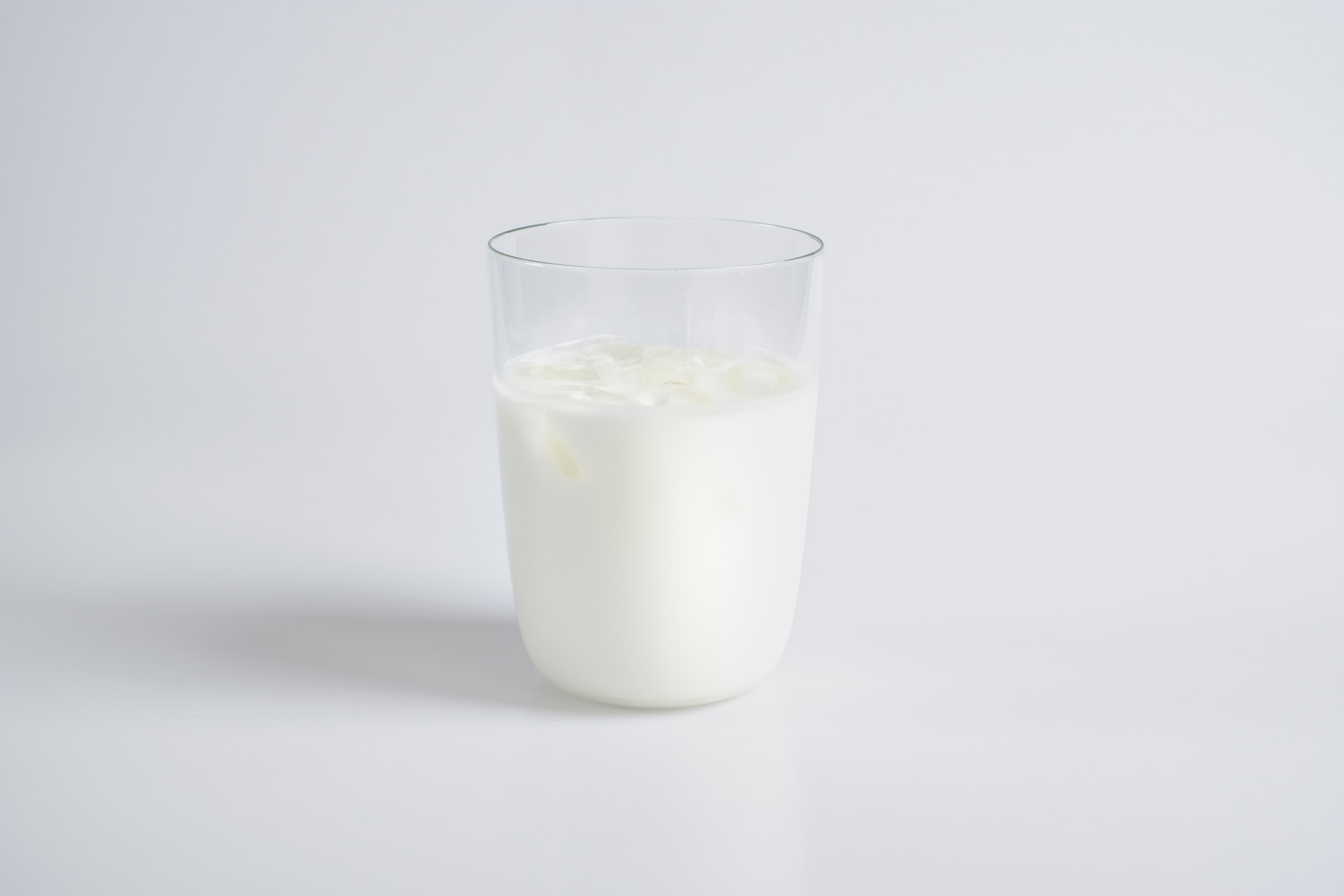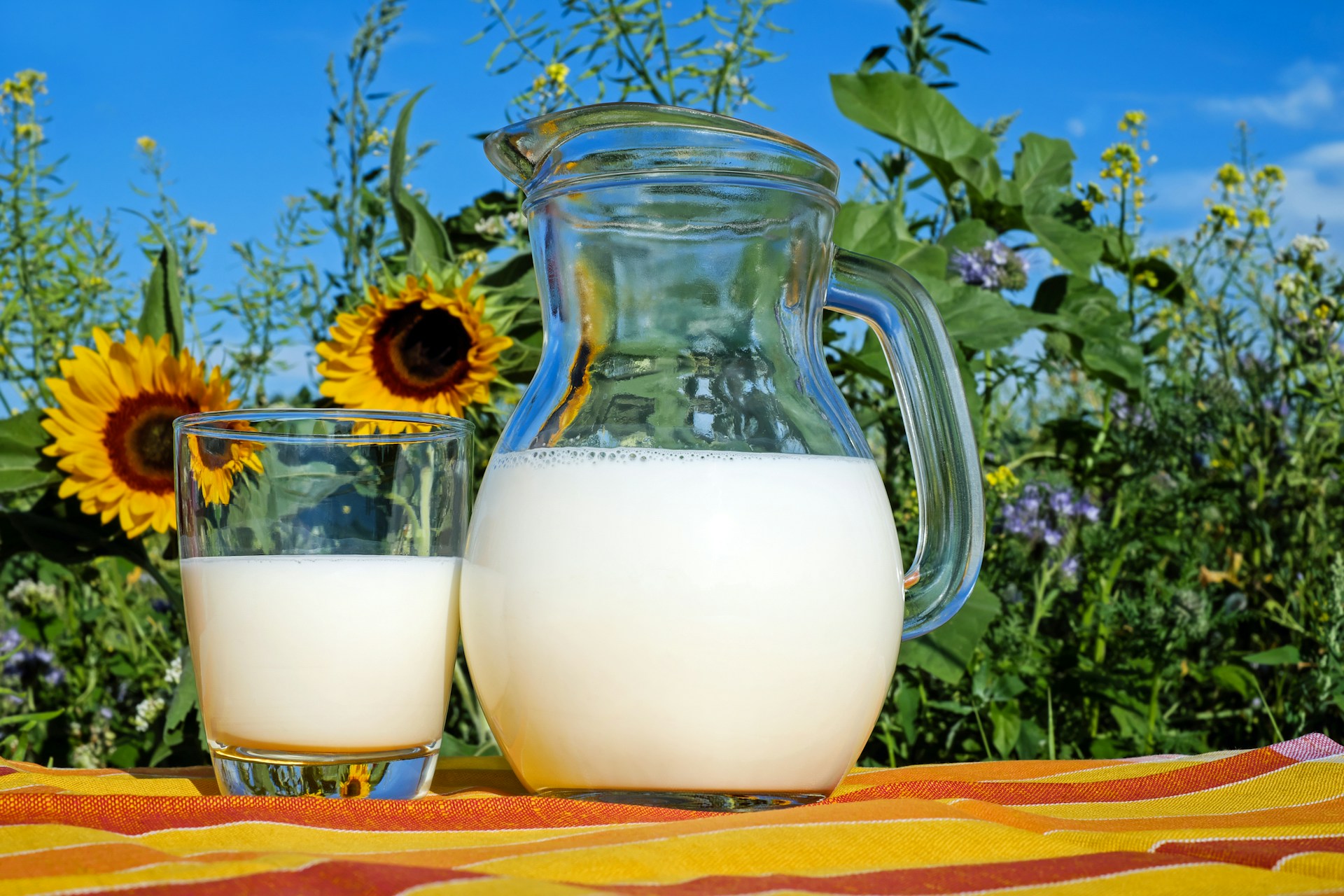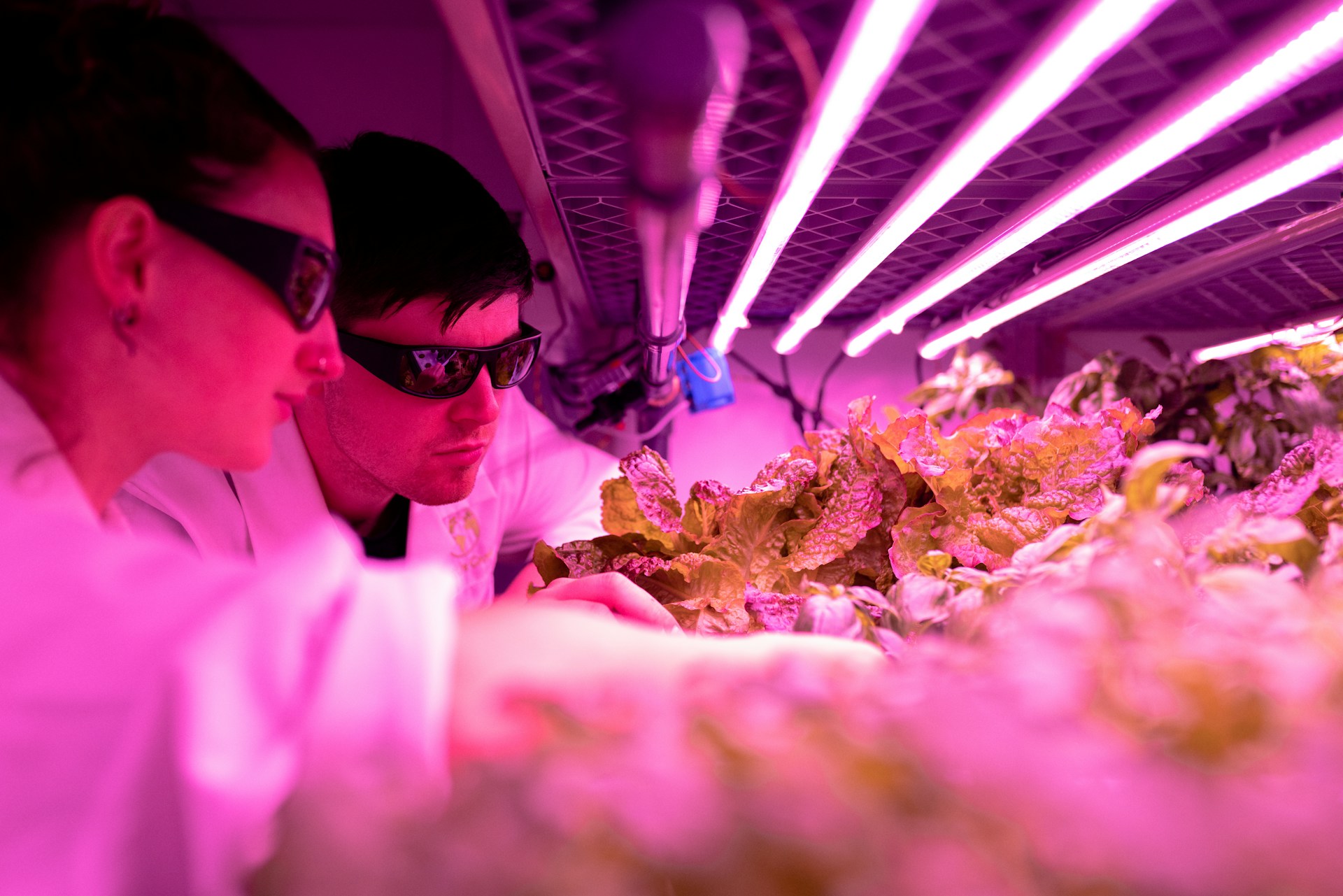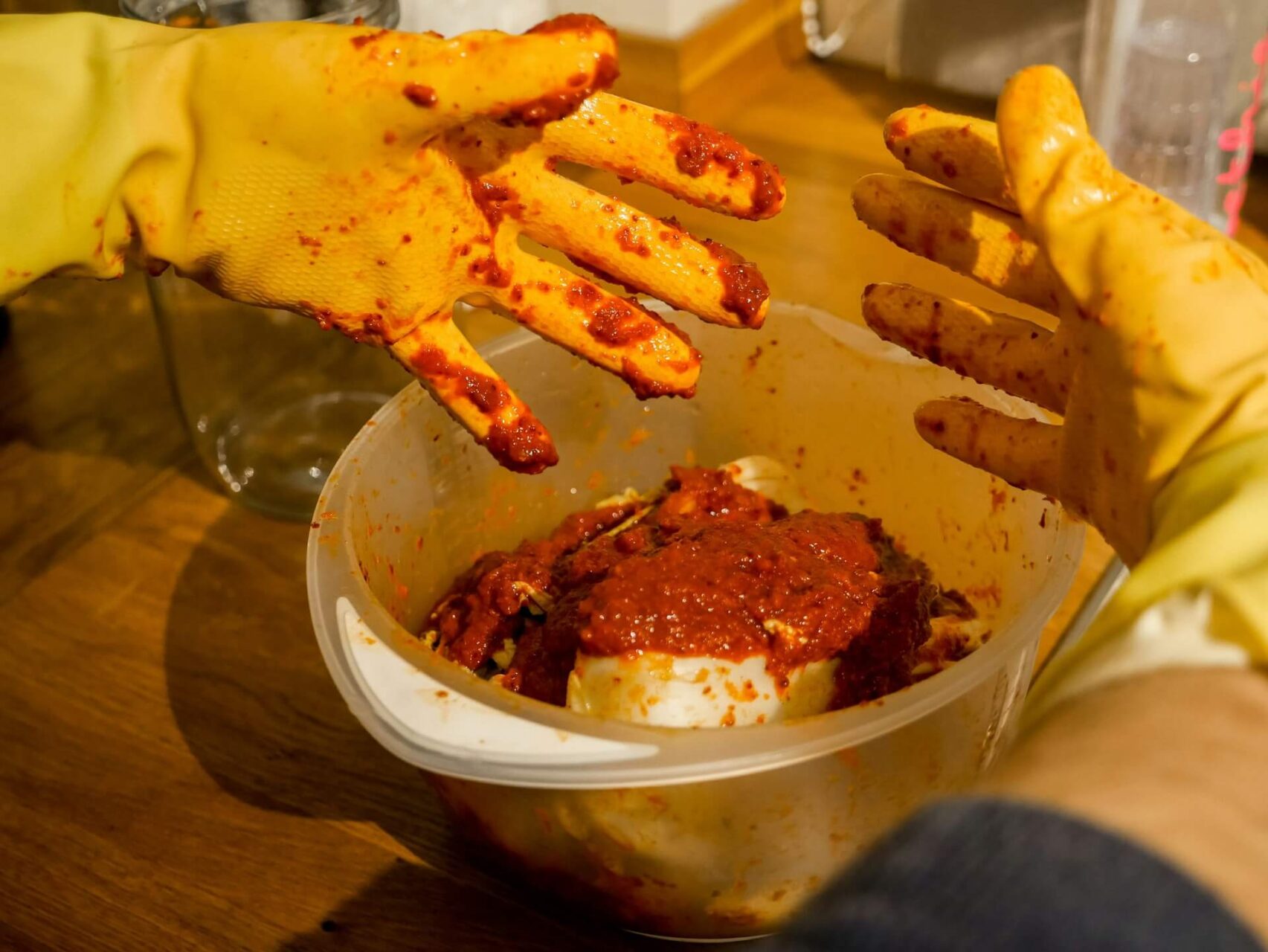
The Transportation of Milk: How Dairy Gets From Farm to Table
November 29, 2023 - Lou Farrell
Revolutionized is reader-supported. When you buy through links on our site, we may earn an affiliate commission. Learn more here.
Everyone knows where milk comes from, but how does it get from the cow — or goat, sheep or buffalo — to the consumer’s glass? The transportation of milk happens along a cold chain, meaning the product has to stay below a certain temperature during collection, transportation, processing and storage. Here’s a breakdown of how cow milk transportation works in the U.S.
Scheduling a Pickup
The first step in the transportation of milk is for farmers to keep the milk cold. After milking the cows, a dairy farmer stores the milk in a milk barn containing giant, refrigerated tanks. These milk tanks are immovable and will never be loaded onto a truck.
When the farmer is ready to sell the milk, she schedules a truck driver — who is also an accredited milk grader — to come to the farm. Dairy farms may sell their milk to cooperatives or to processors, with most selling directly to processors.
Most farmers try to schedule a milk pickup when their storage capacity is nearly full. This means the trucks only come when needed, saving on the cost of fuel. Because many organizations that transport milk have started adding larger-capacity tanker trucks, many dairy farmers have begun installing larger storage tanks in their milk barns.
Some farmers may process part or all of their milk on site. However, most farmers choose to ship their milk to a processing plant via a tanker truck. Although many dairy farms produce enough milk to fill an entire tanker truck — or several — it’s also common for tanker trucks to stop at several farms to fill up completely before driving to the processing plant.
The Truck Arrives
When the truck driver arrives at the dairy, he must connect the milk storage tank to a tanker truck using a large hose. First, he drags the hose out of the milk barn through a small port in the wall. Pulling the hose through the wall allows farmers to keep the door to the milk barn closed, keeping the temperature inside steady.
The driver drains any residual water left over from rinsing the milk tank out of the hose. He removes the dust cover from the tanker truck and drains any water out of the truck’s metal tank. The driver then hooks up the hose and drains the milk from the storage tank into the sealed, insulated tanker truck. A specialized filter on the truck port prevents the hose itself from contaminating the milk.
After filling the tanker, the milk trucker presses a button that puts the milk tank — the one inside the barn — into wash mode. The milk tank rinses and sanitizes itself. Putting it in wash mode immediately after draining it is important, as it allows the cleaning process to be finished by morning when it’s time to milk the cows again.
Testing and Initial Transport
The next step in the transportation of milk is to test the milk to ensure quality. Milk is one of the most regulated food products in the United States. Therefore, a truck driver must always take a sample of the milk from the bulk tank. He takes the sampling tool out of chlorine, which it normally sits in to prevent contamination, and scoops out a small amount of milk to send to a lab.
The lab tests the sample for antibiotics as well as bacteria, milkfat and protein content. Higher-quality milk means a bigger paycheck for dairy farmers.
If the lab finds any antibiotics left over in the milk from treating sick cows, the processors cannot legally accept the milk at the plant. Technicians must dump out the tanker’s entire contents. The farm that contaminated the milk must pay for the compromised shipment, which is worth several thousand dollars. The farm also loses the profits it would have made from selling its product in that shipment and risks losing its milk sales permit.
Farmers take strong measures to ensure this scenario doesn’t happen. Importantly, they wait several days before adding the milk from cows treated with antibiotics into the milk tank. They may mark a treated cow with brightly colored leg bands to indicate she’s on antibiotics and that farmers should dump out her milk. This ensures none of the medicine ends up in the milk.
Once the milk arrives at the plant, technicians test it a second time as an added precaution.
Processing
If the tests come back clear, technicians empty the tanker into a machine that pasteurizes the milk, killing any bacteria present. The milk then passes through an atomizer to disperse the fat evenly throughout the milk, which prevents fat from floating to the top of the container. This process is called homogenization.
A centrifuge separates the milk from the cream. After separation, the machine mixes the cream and remaining milk to create products with different fat contents.
Some of the milk goes on to become yogurt, cheese, ice cream, butter or other products at a processing plant. The rest of the milk travels through pipes to the packaging machines that fill and seal the milk into jugs or cartons.
Second Transport
The milk stays in a refrigerated room until it’s time to deliver it. Then, a truck driver working for a distribution company loads the milk onto a refrigerated truck. She delivers it to grocery stores, gas stations, food banks, schools and restaurants.
The transportation process moves very quickly to prevent spoiling. Having dairies close to the milk’s final destination is crucial for keeping the milk fresh. Milk gets from the farm to the end of the supply chain within three days.
The Transportation of Milk: A Seamless Process
Most people give little consideration to the transportation of milk. It’s a complicated yet well-orchestrated endeavor involving dairy farmers, lab technicians, truck drivers and plant operators. Together, these important players make it possible to enjoy fresh milk, cheese and yogurt any day of the year without worrying about foodborne illness. Next time you take a bite of brie, take a moment to thank everyone who made it possible.
Revolutionized is reader-supported. When you buy through links on our site, we may earn an affiliate commission. Learn more here.
Author
Lou Farrell
Lou Farrell, Senior Editor, is a science and technology writer at Revolutionized, specializing in technological advancements and the impacts on the environment from new developments in the industry. He loves almost nothing more than writing, and enthusiastically tackles each new challenge in this ever-changing world. If not writing, he enjoys unwinding with some casual gaming, or a good sci-fi or fantasy novel.






